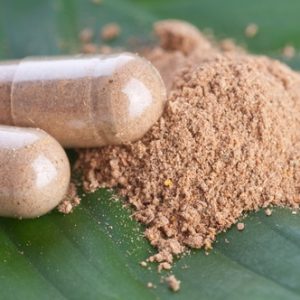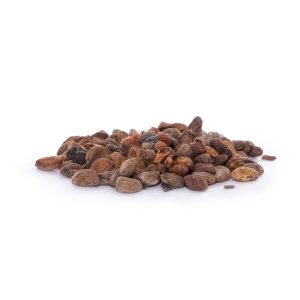Ibogaine and drug addiction
Roots of Tabernanthe iboga are prepared as a narcotic of social importance, especially in Gabon and Congo, where it is used as a powerful stimulant and aphrodisiac, as well as employed ritualistically in hallucinogenic doses.
Ibogaine is an indole alkaloid extracted from T. iboga with reputed antiaddictive properties.61 A remarkable aspect of this drug is its apparent ability to eliminate withdrawal symptoms and drug-craving for extended periods of time after a single dosage, as indicated by anecdotal reports and uncontroled clinical data, somewhat supported by animal studies.62 ibogaine for sale at our store
Although the mechanism of action of ibogaine remains to be clarified, it has been shown that ibogaine acts upon various neurotransmitter systems. Ibogaine for sale at our store
Glutamate, the main excitatory neurotransmitter in the mammalian CNS, is believed to play important roles in several physiological and pathological processes.
Specifically, the N-methyl-D-aspartate. (NMDA) ionotropic glutamate receptor subtype seems to be crucial in plastic changes associated with normal brain function (as in learning and memory), in neurodegenerative as well as drug addiction.
In fact, NMDA antagonists have been explored as potential anticonvulsants, neuroprotective and antiaddictive drugs.
Ibogaine acts as a non-competitive NMDA receptor antagonist, a property of relevance to its purported antiaddictive activity. Adding to the unique psychoactive profile of ibogaine in non-addictive and addictive human subjects,64
in mice following a single administration of ibogaine, an unusual intermittent pattern of NMDA modulation has recently been identified (behaviorally and neurochemically).65
Although all of the various mechanisms of action so far proposed for ibogaine properties deserve further investigation, it is believed that its psychopharmacological profile (including antiaddictive properties) is likely to be the result of its interactions with various molecular sites.63,64,66,67
Ibogaine has appeared in the drug-addiction therapy scenario as a truly innovative drug, arousing high expectations. Research with ibogaine, its main metabolite
and derivatives, is bound to be fruitful, if not by ibogaine development as a drug, for the novelty in research avenues in the therapy of drug addiction.
Pain and Addiction
The roots of iboga (Tabernanthe iboga (Apocynaceae)) are used throughout central Africa to induce a hallucinogenic experience that serves as a rite of passage into adulthood and which also can treat female sterility.
These hallucinations are claimed to render insight as to the causes of sterility, and to facilitate contact with a villager’s ancestors.
The indole alkaloid ibogaine as well as its metabolite noribogaine are now under investigation by Deborah Mash at the University of Miami Brain Bank for treatment of chronic pain and to help deal with addiction.
Initial clinical trials in St. Kitts with heroin addicts have been highly successful (Mash et al., 2000). The Miami biotech firm DEMERx is seeking FDA approval for an ibogaine treatment for chronic pain.


